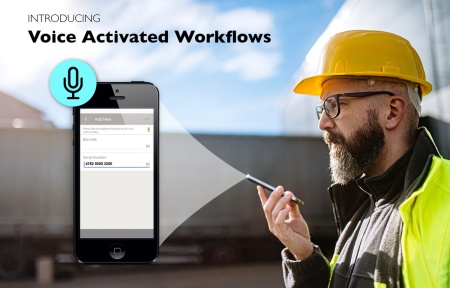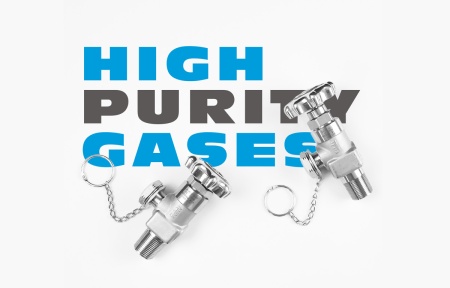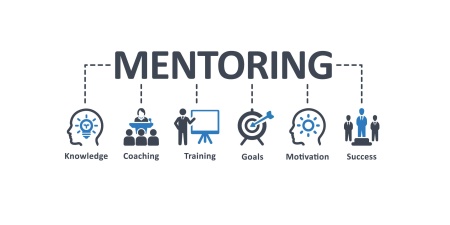Truck procurement has been a key challenge for private fleets, for-hire carriers and establishments that rely on trucking across many industries, including welding, manufacturing, construction and retail. This challenge has been accentuated by the backlog of orders for Class-8 heavy-duty trucks, mainly stemming from an American economy that has been wholesome and resilient ever since the Great Recession ended in 2010, and a dilapidated industry attitude toward truck procurement that is finally changing.
Class-8 truck orders and sales continued at a healthy stride through much of 2018, as many companies saw the necessity to upgrade to newer equipment or add to their equipment to handle the amplified demand in shipping cargo during the nation’s economic commotion. According to ACT Research, Class-8 net orders totaled 506,300 units at the end of November, the second-strongest 12-month order period in history, straggling only the 12-month period ending in October.
Monthly orders (28,082) continued to outpace the number of units being manufactured (27,973) as of November 2018, and while this cavity is narrowing it still shows an elevated demand for new trucks.
Principally for welding, oil and gas brands, these establishments will remain feeling the effects of an order backlog into 2019 if they continue their asset attainment strategy based on functional obsolescence against economic obsolescence. Companies that shorten their asset managing lifecycles based on an adaptable lease model will be able to plan their substitutions better and thus avoid the distress linked with the current backlog.
The aggressive economy means that more corporations are distributing supplies to job sites or goods across the country; more businesses are in need of re-stocking shelves and inventory; and more consumers are in need of goods ordered online and therefore the transport of those shipments. Trucks and transportation have been the backbone of this economic machine.
Replacement and truck attainment strategies that help the economy stay motivated need to be carefully measured, especially as we proceed through 2019, when companies have begun to take a closer look at their bottom line.
How long does it make sense to keep a truck in service?
The established business philosophy was for organizations to make mass purchase orders of trucks and drive them for 5 to 10 or more years of service, squeezing every dime out of the truck’s usage. However, data and analytics are proving this standard to be costly and unproductive. Instead, private fleets and for-hire carriers are realizing they can attain more savings on the truck’s overall impact to the bottom line, as well as maintenance and repair (M&R), the highest adaptable and volatile cost of a fleet operation, by transitioning to a shorter lifecycle.
When distribution companies drive their trucks as long as they can, they operate on functional obsolescence, making decisions based on the truck’s ability to stay on the road. In most cases, when organizations let the truck command the timetable for replacement, they are often left struggling to order a new truck based off of limited planning cycles and the existing backlog of truck orders. Instead, today’s leading corporations are using a different method.
Understanding the TIPPINGPOINT
Organizations are now keeping a close eye on what we refer to as a truck’s individual TIPPINGPOINT, the point at which it costs more to operate the truck than it does to replace it with a newer vehicle. Aspects such as the cost of fuel, utilization, finance costs and M&R are all factored into reaching each truck’s unique TIPPINGPOINT, giving fleet operations employees and finance departments a closer look based on data and analytics, and helping to predict the optimal time to replace an aging truck.
The Advantages of Leasing vs. Ownership
A recent Fleet Advantage analysis of long-term ownership versus shorter lifespan management demonstrates a noteworthy cost savings over time. For example, a fleet that opted for a four-year lease model on a truck would save about $27,893 per truck in comparison to a seven-year ownership model due to factors such as fuel, utilization, financing and M&R. The shorter lease model is also cost-effective when linked to just a four-year ownership model, showing a typical savings of $12,710.
This method offers flexibility to adapt to changing markets, ultimately driving down functioning costs while strengthening the corporate persona and driver recruitment and preservation efforts by constantly upgrading to newer trucks. Corporations are leveraging data analytics and inclusive fleet studies that produce a fleet modernization and utilization plan, projecting when aging equipment will need to be replaced. This is efficient with today’s fluctuating demand and the current booming economy as companies trying to acquire equipment exclusively based on demand are faced with equipment shortages and long lead times.
The advantages of leasing new equipment vs. maintaining older equipment are numerous:
- Improved fuel economy
- Reduced M&R costs and downtime
- Compliance with government mandates for greenhouse gas emissions for heavy-duty vehicles
- Improved driver recruitment and retention
- Enhanced corporate image
- Improved cashflow management
Just as significant, recent alterations to the corporate tax rate, as well as new accounting standards, have made it more appealing to lease equipment. With these changes, at least in the case of truck acquisition, purchase of equipment remains pricier compared with shorter-term leasing of the equipment. Also, leasing remains the favored method for companies, regardless of whether they have a strong or weak balance sheet. In addition, leasing also allows companies to avoid the risk of residual value and the expense of remarketing.
What are the Impending Tax Changes?
The new tax plan contains several provisions that will impact equipment procurement: lower tax rates for businesses, non-deductibility of interest expense for C corporations, limiting like-kind exchanges to real property and expensing of depreciable assets instead of writing them off over years. The key is to know how these changes may impact a company’s balance sheet, financial plan and tax strategy, and to adjust accordingly to help improve the company’s financial performance.
In terms of what changed, the corporate tax rate has been cut to 21 percent with immediate write-off for equipment. As an example, bonus depreciation is doubled to 100 percent, and companies can write-off the full amount of qualifying purchases in the same year of acquisition, which is intended to spur investment. In addition, used equipment will qualify for bonus depreciation for the first time. Should the finance department recommend leasing these assets, companies can continue to deduct the cost of leased assets and the tax benefits inherent in tax-advantaged leases get passed along to the lessee through lower pricing. Lessees will also enjoy lower tax rates that will help them expand their businesses.
In many cases, a lease is still favorable over a loan for acquiring new equipment. Under the new U.S. accounting rules, customers with operating leases will find that the capitalized asset cost is lower compared to a loan or cash purchase. Why? Because the balance sheet presentation of an operating lease reflects only the present value of the rents due under the contract as the asset amount, and as a result, it is still “partially” off-balance sheet. In addition, since the cost of an operating lease is reported as a straight-line expense of the full lease payment each period, there is no front-end loaded profit-and-loss impact that comes from expensing depreciation and imputed interest costs as there is when a customer borrows to make an outright asset purchase. The P&L impact is different under the international accounting standards (the expenses are front-end loaded), but the result under both standards is that leasing — compared to borrowing to buy — will show a better Return on Assets (ROA), Return on Invested Capital (ROIC) or Return on Capital Employed (ROCE) for the lessee, which are measures used by many companies and equity analysts.
Moreover, consider the discounted cost and built-in flexibility of financing, which offers additional savings, extended payment options and equipment upgrades or add-ons. Improved cashflow management, keeping pace with technology and aligning capital asset acquisition strategy with business needs in real time all create economic and practical advantages compared to a loan.
By implementing this new outlook of shorter truck life-spans, industry organizations and transportation businesses will become better equipped at replacing their aging truck fleets in a more effective manner as we continue into 2019.








